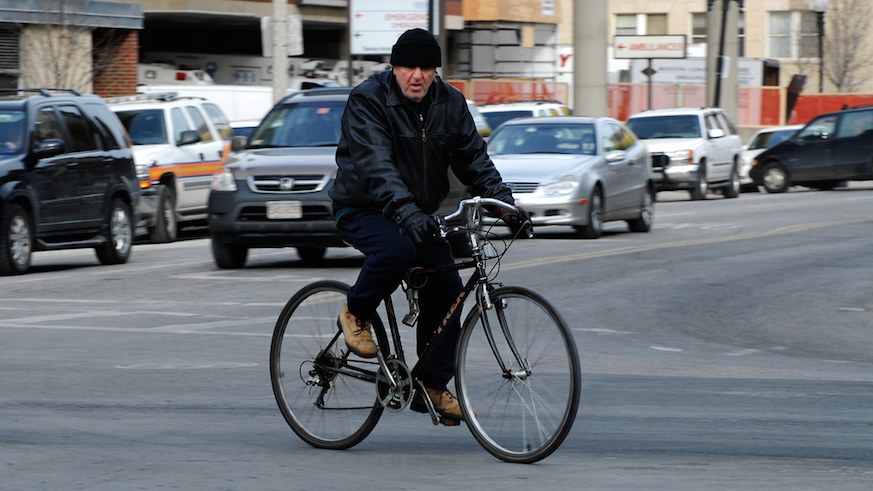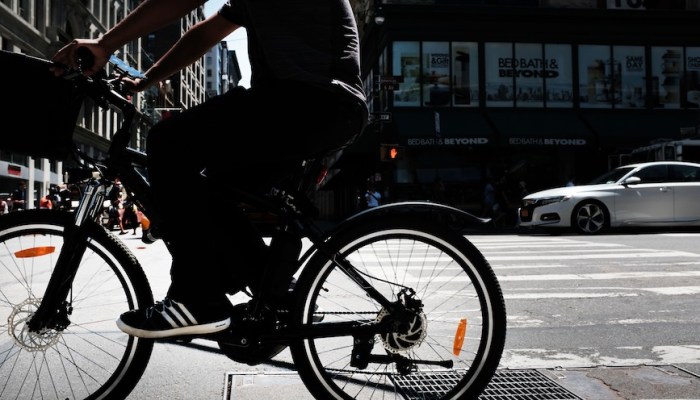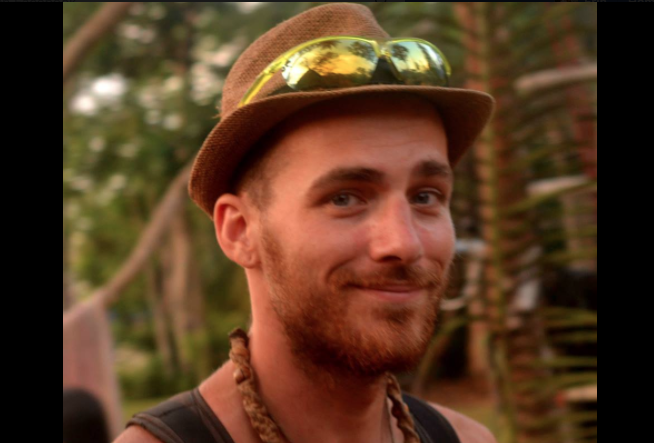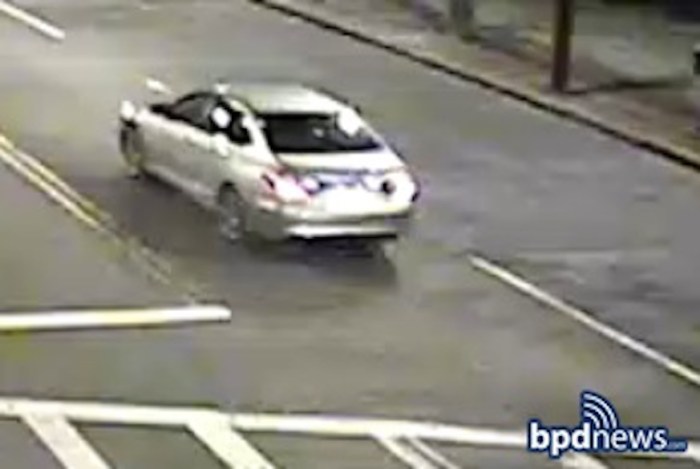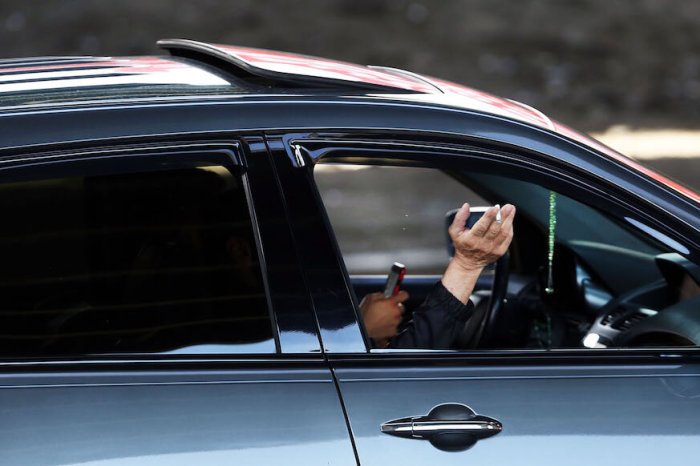Boston bicycle and pedestrian safety advocates will take to the steps of City Hall on Friday after Mayor Marty Walsh said pedestrians and cyclists share in the blame for traffic crashes.
During a live interview on WGBH’s Boston Public Radio Tuesday, Walsh said bikers and pedestrians “need to be more cognizant of the fact that a car is a car.”
“Pedestrians need to put their head up when they’re walking down the street, take your headphones off. … You’ve got to understand, cars are going to hit you,” he said.
Walsh did eventually say it’s up to motorists, pedestrians and bikers to “coexist together” and follow the rules for safety’s sake, but the damage had been done and he knew it.
“This is where I’m going to get myself in trouble right now on this show,” he said on the air.
The Vision Zero Coalition, a network of safe-streets organizations will gather at 8 a.m. Friday at Boston City Hall for a silent memorial in memory of victims of traffic crashes.
Walsh’s comments came just two weeks after 29-year-old cyclist Rick Archer was killed in an early-morning hit-and-run crash in Back Bay, prompting the city’s tightknit cycling community to ask the city to do more to make streets safer.
Walsh’s press office did not return requests for comment Thursday, but they did issue a statement advertising the city’s National Bike to Work Day celebration and committing to invest an additional $1 million into the Neighborhood Slow Streets Program in the coming fiscal year.
The celebration has been planned for several weeks. It’s unclear whether the additional investment into safe-streets programs came after pressure from advocates following his radio comments.
Funding has been a key criticism for safe-streets advocates, who have said the city needs to ramp up spending if it’s serious about achieving its goal of zero traffic fatalities by 2030.
Under a program called Vision Zero, Boston spends about $3 million — or about $5 per resident — annually on education, traffic calming and other measures that make streets safer for pedestrians, cyclists and motorists alike.
But some say the city should spend more. New York spends about $20 per person on its Vision Zero initiative annually, and San Francisco spends $75 per person per year. Both cities have seen declines in overall traffic fatalities despite a rise in fatal crashes nationwide
Boston saw a decrease in the number of deadly car crashes in recent years, but last year was the deadliest on record for pedestrians, with 15 deaths.
Of those, at least four were elderly and two were younger than 3 years old, which Stacy Thompson of the LivableStreets Alliance said refutes Walsh’s logic that pedestrians just need to pay attention.
“We need action from you and your administration, not victim blaming,” Thompson said in a statement.
In the past, Walsh had earned the respect of safe streets advocates with his commitment to Vision Zero.
“We are working hard every day to ensure Boston streets are accessible and safe for all residents and visitors, whether they’re on two wheels, four wheels or walking,” Walsh said in a statement Thursday. “This commitment is backed up by investments: Through Go Boston 2030 and Vision Zero, Boston is dedicating time, talent and resources to create an equitable city for all.”

